Supreme Court Sidelines Science, Threatens Public Health: These Rules-in-Progress Show What’s at Stake
Union of Concerned Scientists
JULY 9, 2024
Hydrofluorocarbons (HFCs) were developed to replace a type of chemical that impacted the ozone layer in our upper atmosphere, but these replacements are potent greenhouse gases. Phasedown of hydrofluorocarbons There are several rules that inform and facilitate the phasedown of hydrofluorocarbons.

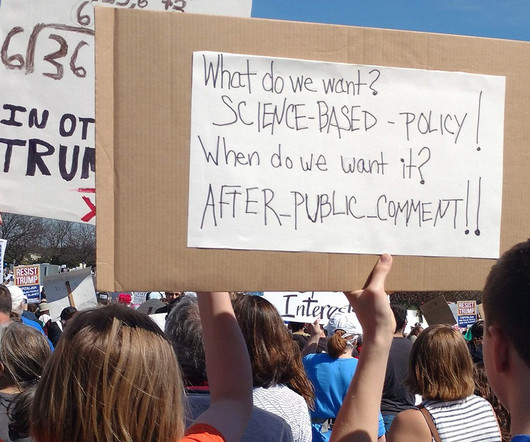
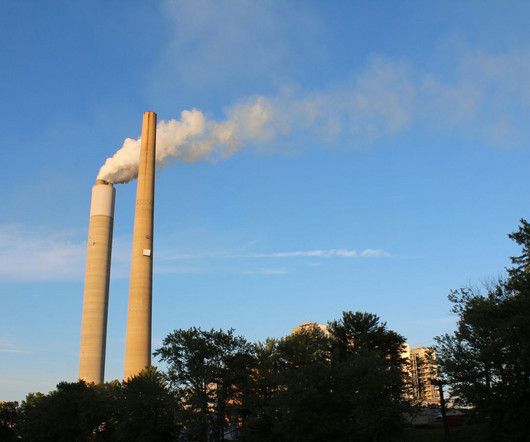
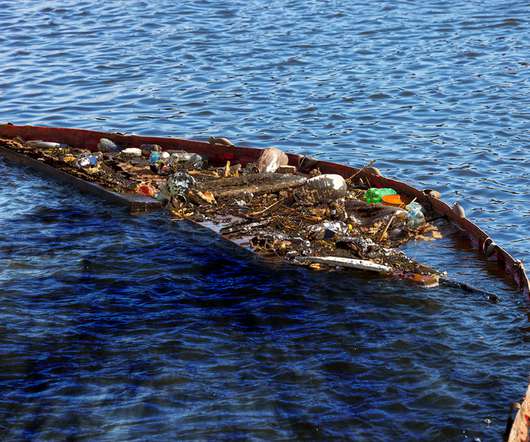
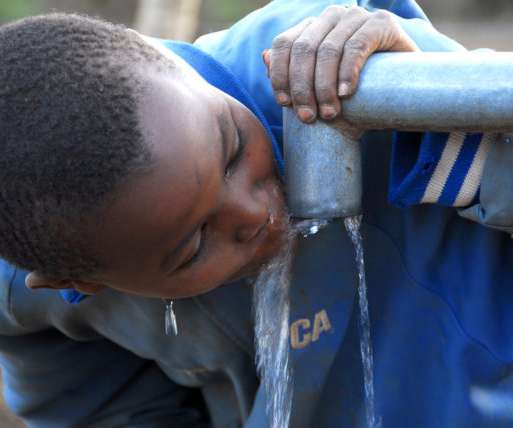


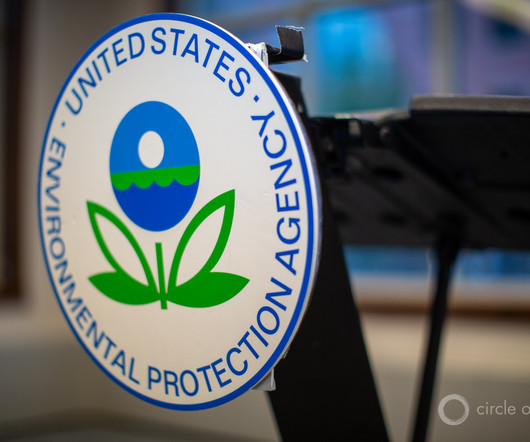


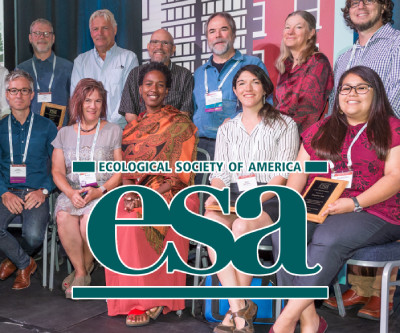
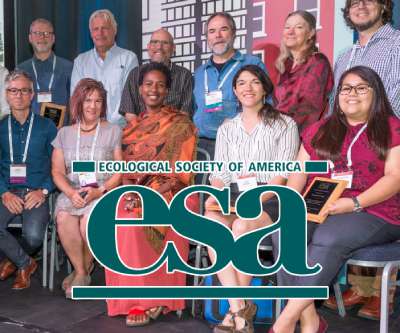
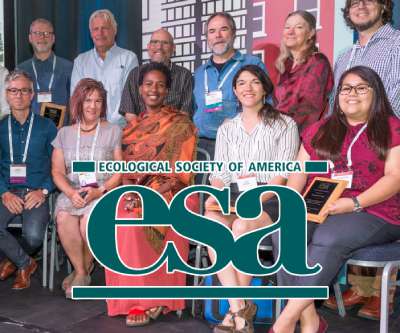
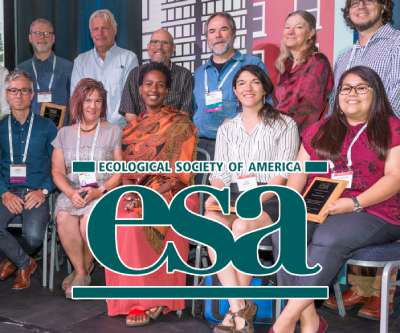




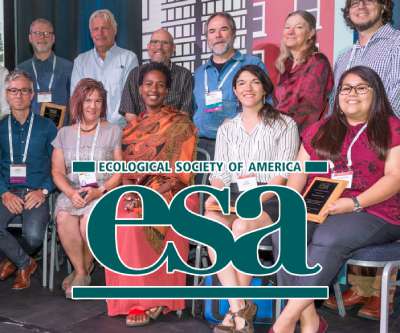
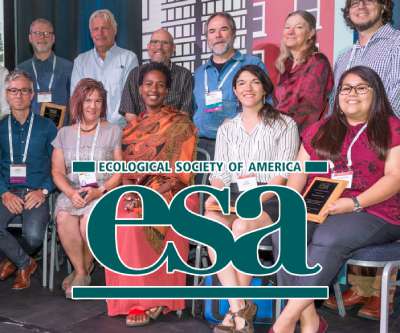






Let's personalize your content